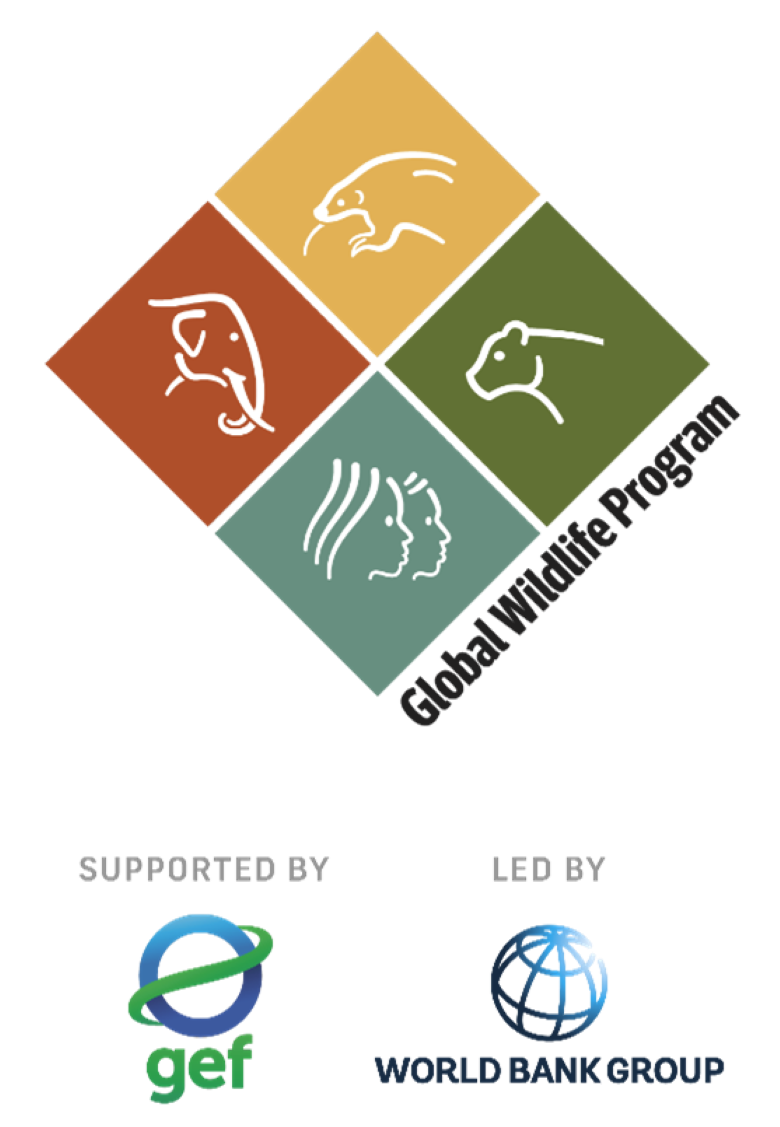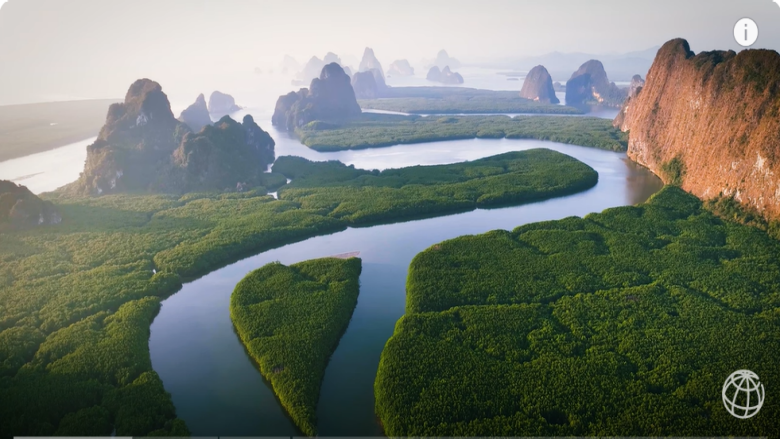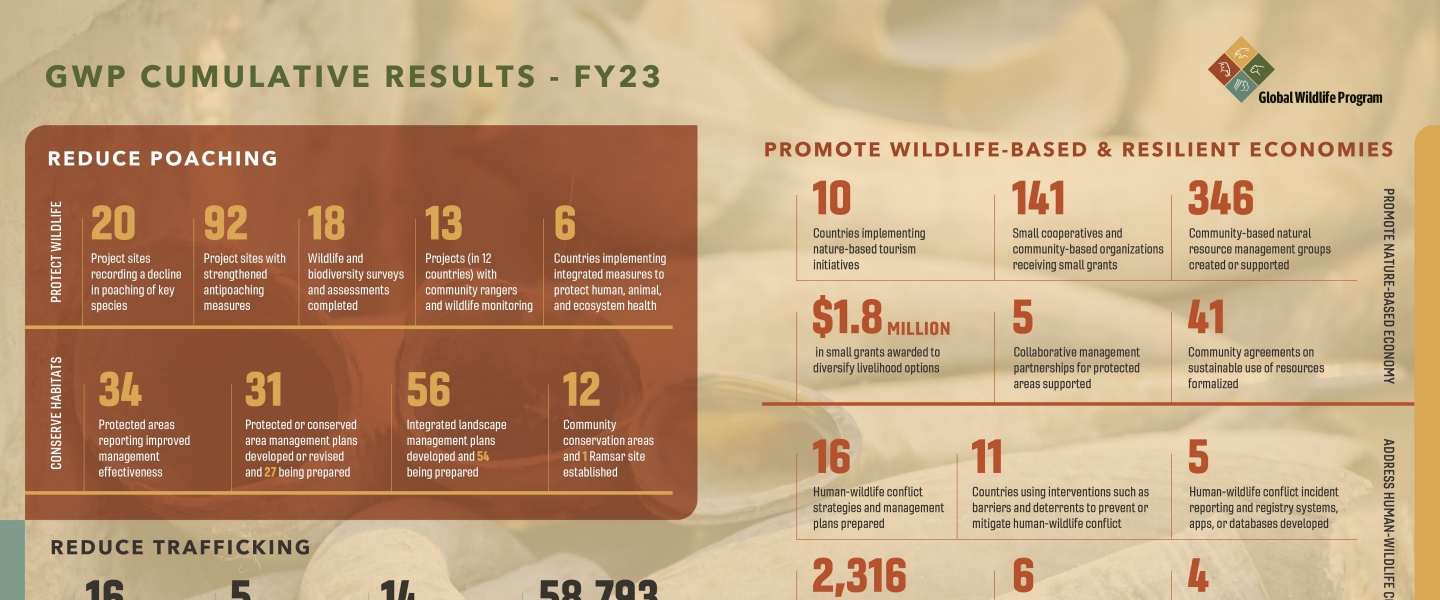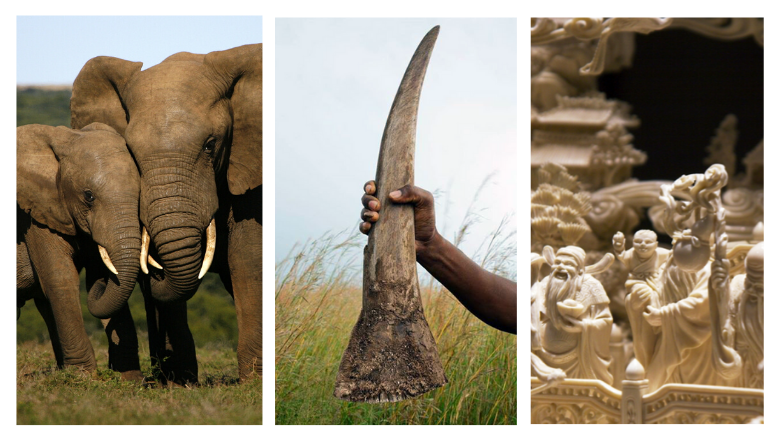
Analyzing Donor Funding Towards the Illegal Wildlife Trade
The Global Wildlife Program promotes integrated approaches among the international donor community to tackle illegal wildlife trade. GWP hosts regular meetings and has published two documents that contribute to better understanding and coordination between donors and maximizes efforts against illegal wildlife trade.
In June 2024, Strengthening National-Level Donor and Development Partner Coordination to Combat Illegal Wildlife Trade was published to help fill a knowledge gap on national coordination mechanisms for illegal wildlife trade. This guidance note shares experiences and case studies on strengthening national-level donor and development partner coordination and presents a diversity of mechanisms to combat illegal wildlife trade.
An Analysis of International Funding to Tackle Illegal Wildlife Trade report and interactive e-Book was launched by the World Bank Group in November 2016, collecting data from 24 international donors. Over the period 2010-2016 more than $1.3 billion was invested in efforts to combat illegal wildlife trade in Africa and Asia, equivalent to approximately $190 million per year.
The analysis provides information on geographic and thematic funding flows, but a second phase of this effort also included a deep dive into some of the projects funded by the donor community and the lessons learned over the course of the project. The GWP donor working group brought 11 donor agencies to discuss and share these lessons in order to improve project outcomes in the future. To view the case studies that have documented these best practices, click on this interactive tool that enables filtering by category, including donor type, intervention criteria, and country.
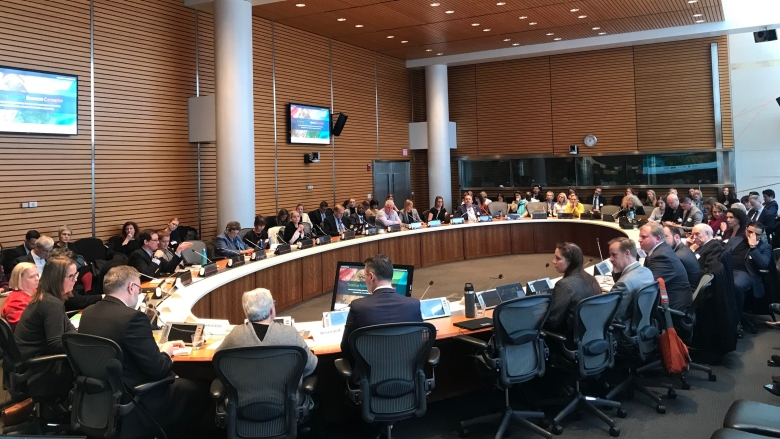
Donor Meetings
The World Bank Group organizes quarterly donor meetings as a collaborative platform for individual international donors to share updates on their portfolios and exchange insights and lessons. These meetings aim to foster synergies and enhance the effectiveness of funding to counter wildlife trafficking.
Donor Coordination in Action
Through these vivid and interactive "story maps" you can explore a few of our World Bank Group and GEF-funded projects.
Mozambique Conservation Areas for Biodiversity and Development (MozBio)
This case study is about a five-year World Bank Group and GEF-funded MozBio project that addresses some of the most pressing challenges to conservation areas in Mozambique, which cover 25 percent of the country.
The Second Lao Environment and Social Project (LENS2)
This case study is on the World Bank Group and GEF-funded $38.83 million project to help strengthen management of protected areas, wildlife law enforcement, and environmental protection systems. LENS2 aims to improve the capacity and coordination between public institutions, civil society, and concerned communities to manage protected areas and enforce wildlife laws.
